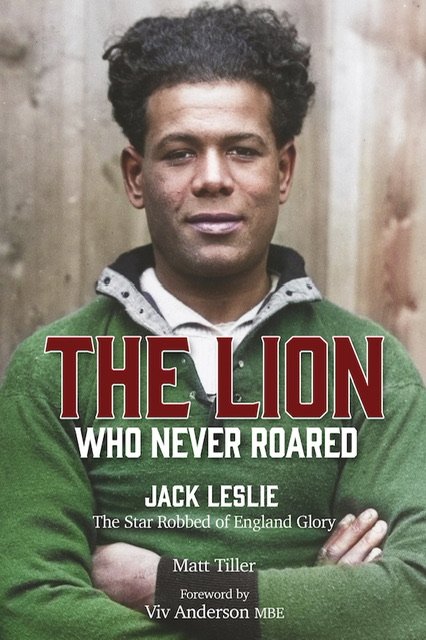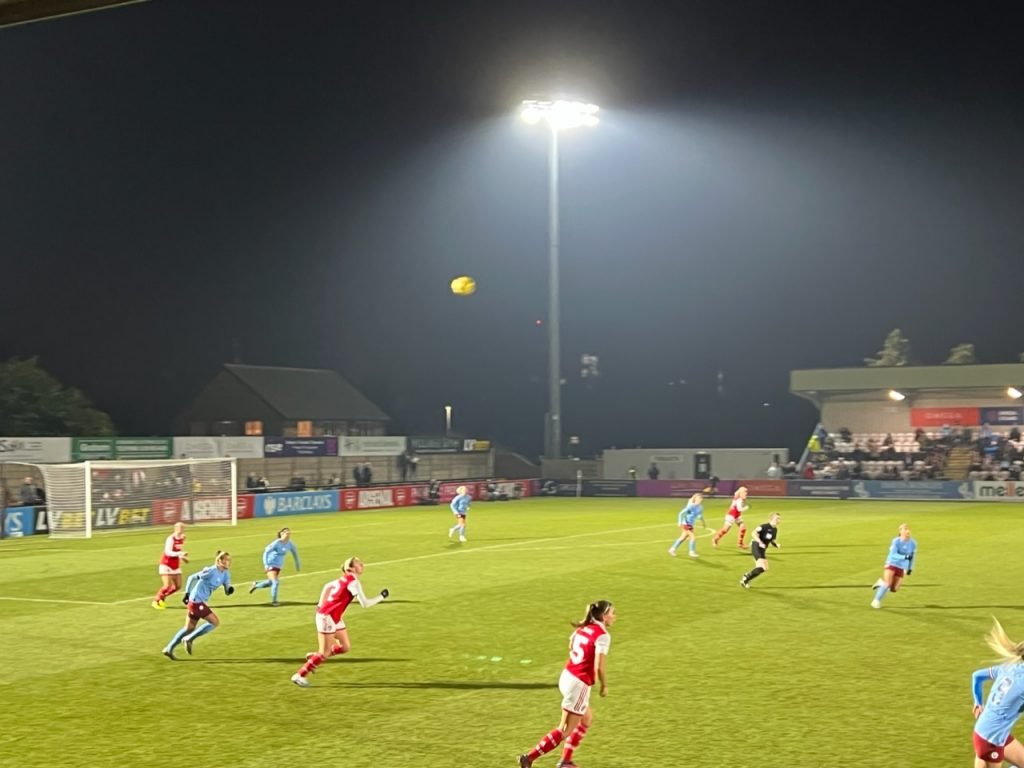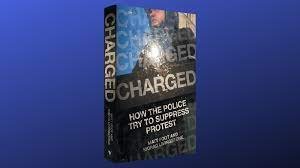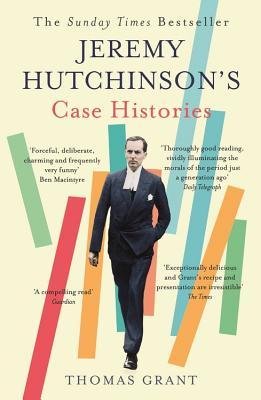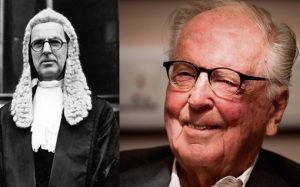In 2019 when Matt Tiller and I started the Jack Leslie Campaign, neither of us realised what a journey we were embarking on, or where it would end, and neither of us thought at that point of writing the book that Matt has recently completed, and published this week (available here)
It was in 2019 that we both first heard a sketchy outline of Jack’s story- a Plymouth Argyle legend (ok that bit we did know, the stats were easy to find- 137 goals in 400 games) but who also had been the first black footballer selected to play for England, but then denied his opportunity because he was black.
We were outraged- both at the injustice, but also that the story had been forgotten about.
Our original aim was a simple one: to raise enough money to build a statue of Jack Leslie at Plymouth Argyle’s football stadium, Home Park.
To do that, we had to start telling Jack’s story, to generate interest and support.
We started with a website https://jackleslie.co.uk, and some social media
We wrote about Jack, and we talked about him a lot, including in schools where we realised that we could use jack’s story in a positive way, to challenge discrimination and prejudice.
Eventually telling Jack’s story became as important a goal as the statue.
After we launched the Crowdfunder publicly in 2020, we soon learned to tell the story to media outlets -newspapers, radio interviews, TV.
In each case, in order to tell Jack’s story effectively, we had to be confident in it’s accuracy. We had to research it, learn it, challenge it. But information was scant, and fragmented. A bit on PASOTI here, a hint on Wikipedia there.
Emy Onuora’s otherwise excellent book on black footballers (“Pitch Black, 2015) had no mention of Jack.
2020’s publication of the excellent “football’s black pioneers” by David Gleave and Bill Hern, had a chapter on the first black footballer to play at each league club, so Jack (Argyle 1921-1934) featured in the “Plymouth chapter”.
But researching chapter AND verse on the detail of Jack’s story wasn’t easy- it wasn’t as if there was a book.
if only there was a definitive biography, setting out his incredible story with supporting evidence, verifiable quotes, a clear narrative and a comprehensive index.
There is now!
Matt and I worked hand-in-hand on the Campaign. Together we raised the money, together (with the help of an amazing campaign team) we commissioned a statue, together we persuaded the FA to award Jack’s family an honorary, posthumous England cap.
Neither of us could have done any of that alone. Matt is kind enough to acknowledge the same in his introduction and credits.
But I can take no credit for the creation of the beautifully written Masterpiece that is ‘THE LION WHO NEVER ROARED-JACK LESLIE, THE STAR ROBBED OF ENGLAND GLORY” for that labour of love is entirely the result of Matt’s industry.
Matt’s degree was in history, he works in journalism and creative arts, he writes and performs with consummate ease, but whilst those talents may make the writing of a book easier for him than for us lesser mortals, those skills alone would not suffice. What was needed -and what Matt undertook as I witnessed from a comfortably safe distance – was graft-the hard slog of research.
Days spent in the British library, poring over microfiche, perusing newspaper archives, tracking down and interviewing people, examining the family photographs and memorabilia, and then writing, re-writing, editing and perfecting.
The result is a masterpiece.
It may be thought that as his friend and campaign co-founder, I am biased in Matt’s favour to write a positive review. In truth, I was as likely to be his harshest critic, knowing the story so well, wanting it to be given justice. I cannot find fault with this book, I read the first draft in a single sitting, and have re-read the final version with equal admiration and enjoyment.
Matt has delivered the facts, but more importantly he has written it as a page-turner. This is a living, breathing biography, brilliantly told so that the reader can follow the narrative, understand the issues, the contemporary context, identify with Jack, and I believe inevitably come to like him.
Football biographies are often dull, but not this one, and importantly there is no need to be a football fan or have any interest or knowledge in soccer to find this a cracking read.
Born in 1901 in Canning Town, East London, of mixed race and with the shadow and trauma of WW1 over-shadowing his teenage years, Jack excelled at all sports.
Playing football for non-league Barking Town, Jack played in Paris before moving to Plymouth where he lived for 14 years carving out a professional career.
Whilst at Argyle he played against (and beat) Argentina and Uruguay during a historic tour of South America.
He was selected to play for England on merit despite playing for a team in the third division, and then denied his England cap.
Years later he ended up in the West Ham boot room with England World Cup winners.
This book answers all those stories and many more in a way that is moving (some readers have been moved to tears), but also thanks to the light-touch prose style and humour that is Matt’s trademark, it has just as many laugh-out-loud moments.
It is a serious book, but without ever taking itself too seriously.
Like Jack’s football, the book zips along, is forceful, effective and ultimately delivers firmly into the back of the net.
I don’t know what the literary equivalent of a footballer’s cap is, but whatever that may be, Matt deserves one. The Jack Leslie story was a life well-lived, it deserved to be well told. Now, thanks to Matt, it finally has been.
23/10/2024
